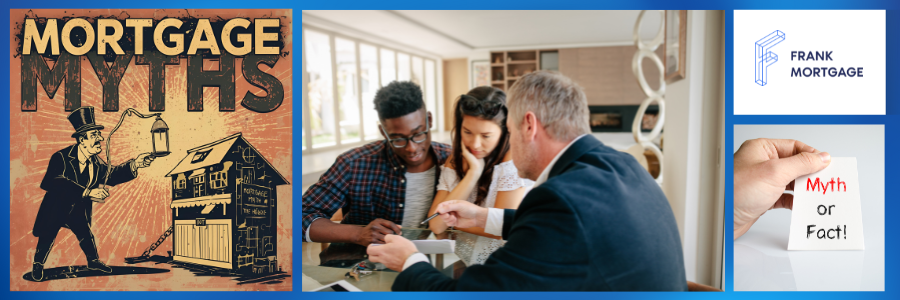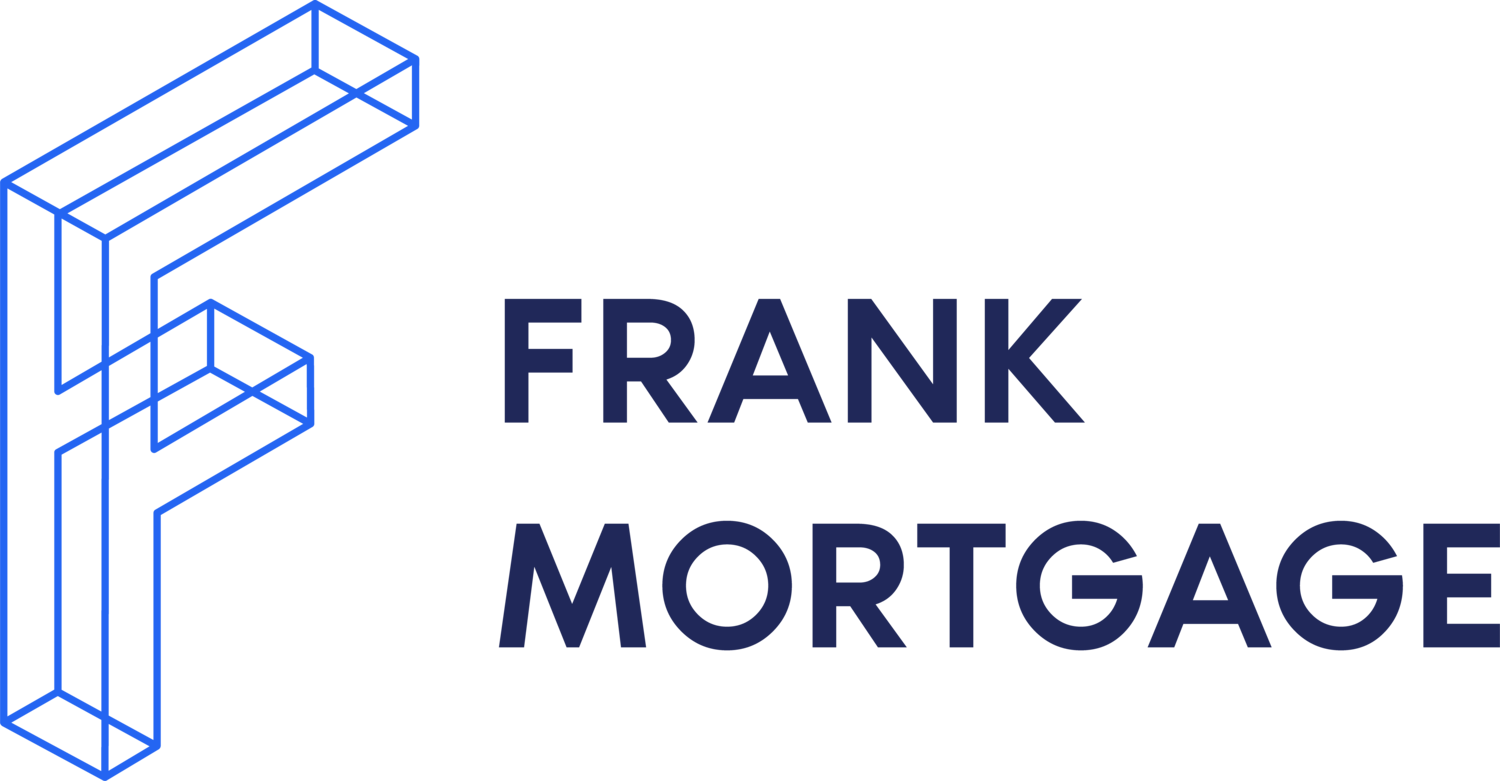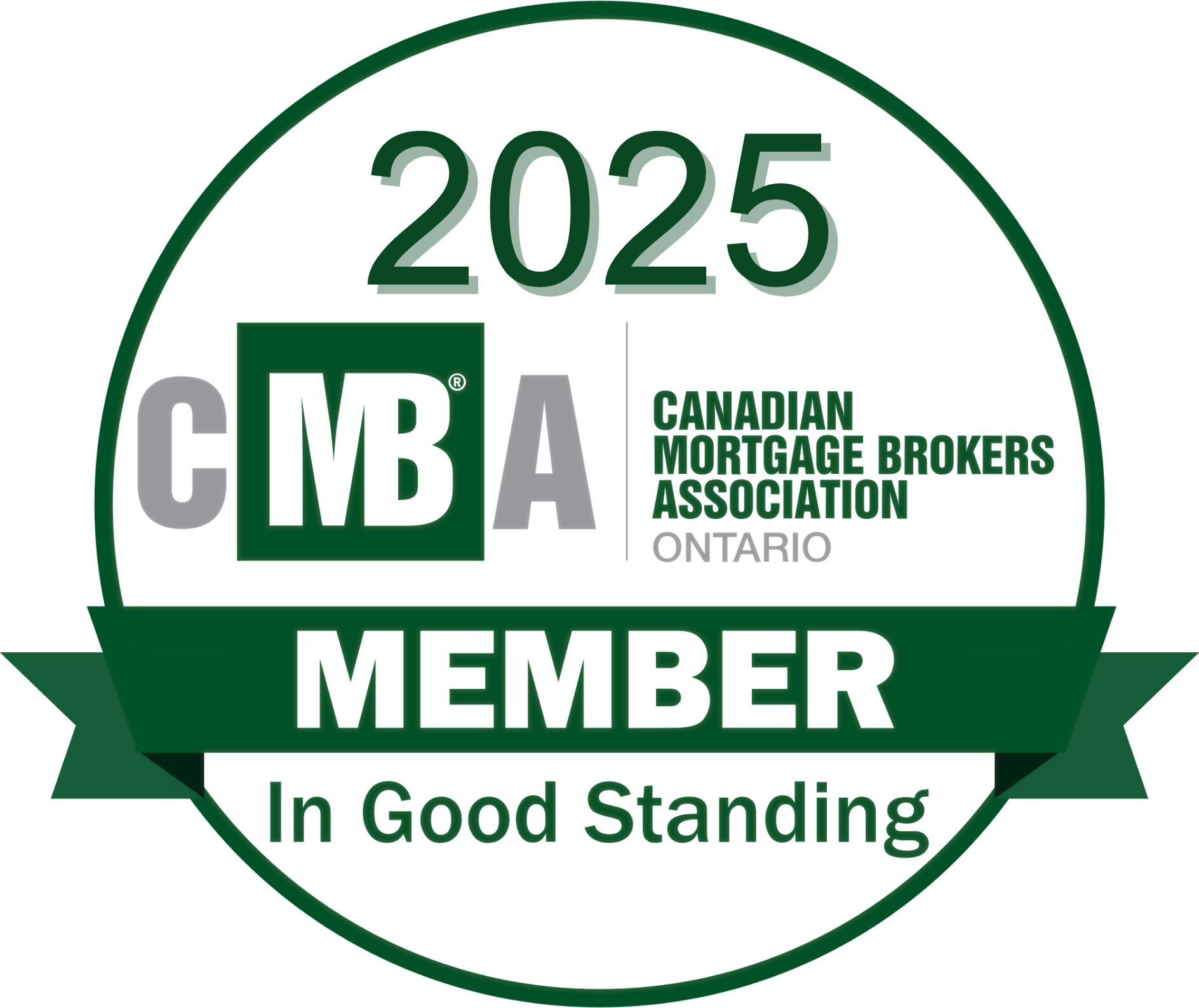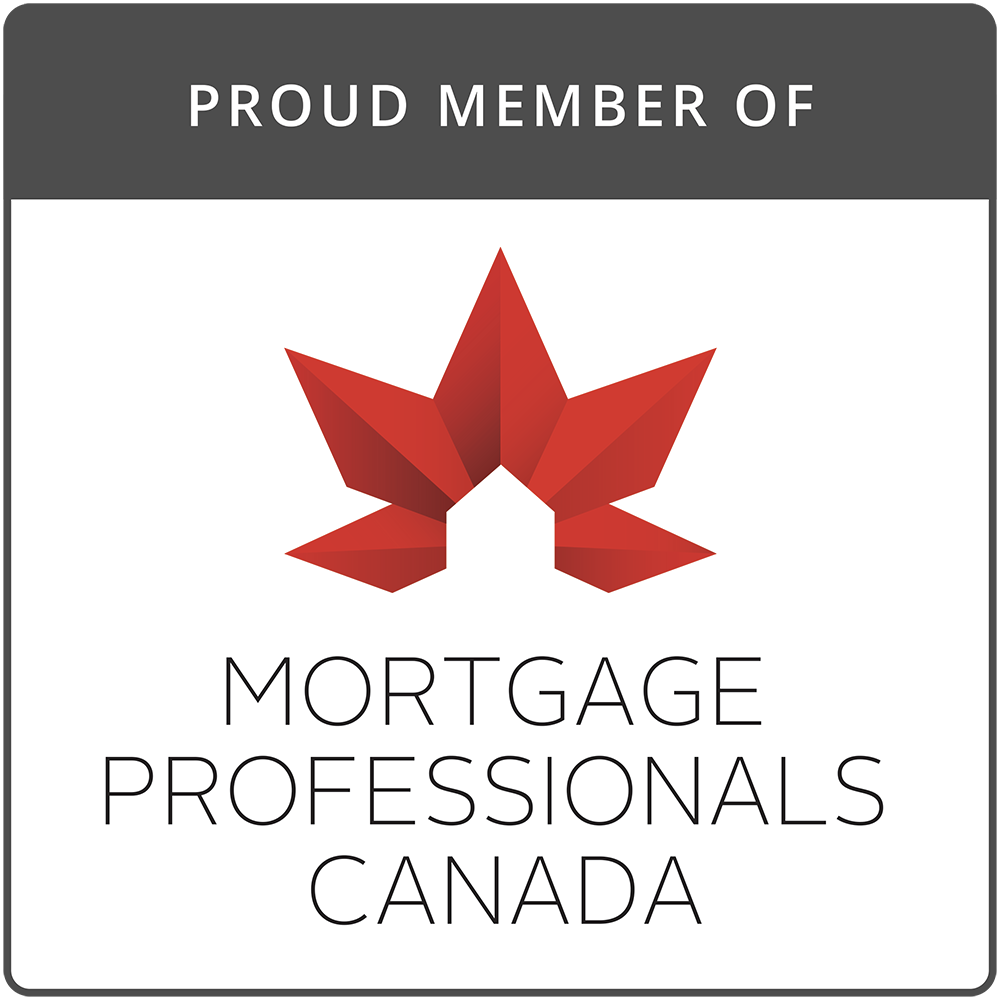The Top Mortgage Myths in Canada (and the Truth Behind Them)
Whether you’re a first-time homebuyer or renewing your mortgage, chances are you’ve come across a lot of conflicting information about mortgages. A mortgage application has many moving parts, so getting good advice is essential. There are some common myths and half-truths in the Canadian mortgage world, and they can end up costing you if you are not careful.
Here are the top nine mortgage myths that every Canadian borrower should understand, with clear explanations (and some numbers to back them up).
Quick tool: Want to estimate payments right now?
Try our Mortgage Payment Calculator.

1. Myth: The Bank with the Lowest Rate Always Offers the Best Mortgage
Many borrowers think the only thing that matters is the interest rate. While the rate is certainly important, it’s not the only factor that determines the cost and value of your mortgage.
Some of the lowest advertised rates come with restrictive conditions, such as higher prepayment penalties, limited ability to refinance, or “no-frills” features that could cost you more in the long run. A good mortgage broker can explain all these features to you.
Example: Imagine you take a 5-year fixed mortgage of $400,000 at 4.19% with a large bank lender while a non-bank lender offers 4.29%. The difference in interest payments over 5 years is roughly $2,000. But if rates drop, say 1%, and you need to break your mortgage early, the large bank might charge a penalty of $16,000 while the non-bank lender charges $7,000. Suddenly, the slightly higher rate could save you money overall.
Always compare both the rate and the terms.
2. Myth: You Can’t Get a Mortgage if You’re Self-Employed
Self-employed Canadians often assume they’ll be declined by banks because their income is less predictable. While qualifying for a mortgage as a self-employed mortgage applicant can be more complex, it’s not impossible.
Lenders know business owners have tax deductions that lower their “line 15000” income on their Notice of Assessment. Instead of just looking at net income, lenders can use add-backs (such as depreciation, business expenses, and retained earnings) or gross revenue multipliers to determine qualifying income.
If an A mortgage is not possible there are good B-lender rates available for self-employed individuals with sufficient income and good credit.
The key is preparation: solid financial records and a broker who knows which lenders support entrepreneurs.
3. Myth: You Only Need the Minimum Down Payment
While it’s true that in Canada you can buy with as little as 5% down (for homes under $500,000), that doesn’t always mean you should only put down the minimum amount.
A minimum down payment of less than 20% of the home’s value requires you to have mortgage default insurance. The premium to obtain this insurance from either of CMHC, Sagen, or Canada Guaranty is paid by the mortgage borrower. For example, on a $500,000 home with 5% down ($25,000), the insurance premium is 4% of the mortgage amount, or about $19,000. This insurance premium gets added to your mortgage balance.
By contrast, with a 20% down payment, no insurance is required. Even if it takes longer to save, a larger down payment means a smaller mortgages and avoiding insurance which can mean lower payments and thousands saved over time.
The minimum down payment is the entry point, not necessarily the optimal choice.
4. Myth: Once You’re Locked into a Mortgage, You’re Stuck Until Renewal
Many borrowers believe they can’t change their mortgage until the 5-year term is up. However, you can break your mortgage early. A couple reasons for doing this could be if you need to move or if you want to refinance into a lower rate to lower your monthly payments. If you plan do this, you need to be aware of the prepayment penalties.
- Variable-rate mortgages typically charge 3 months’ interest as a penalty.
- Fixed-rate mortgages charge the greater of 3 months’ interest and the Interest Rate Differential (IRD) calculation, which can be significantly higher.
Example: On a $350,000 mortgage, breaking early with a variable could cost around $4,000, while with some banks will charge an ORD penalty that could be as high as $15,000+, if rates have declined since you entered into the mortgage.
Breaking your mortgage early can still make sense, especially if you’re refinancing at a lower rate, consolidating debt, or selling. The important part is knowing your options and how the math adds up.
5. Myth: Your Bank Will Always Give You the Best Renewal Offer
This is one of the most expensive myths in Canada. Many borrowers simply sign the first renewal offer their bank sends in the mail without realizing it’s often not competitive
.
Banks rely on the fact that many customers won’t shop around. Renewal offers are often 0.25% to 0.50% higher than what you might get by negotiating or working with a mortgage broker. This is a bit disrespectful – why wouldn’t a bank give an existing customer their best offer – and can motivate borrowers to look elsewhere for mortgage renewal alternatives.
Example: On a $400,000 mortgage renewed for 5 years, a rate of 4.49% instead of 4.09% costs you about $8,000 more in interest over the term.
Always compare offers at renewal. Treat it as an opportunity to optimize your finances that deserves your attention.
6. Myth: A Pre-Approval Means You’re Guaranteed a Mortgage
Many borrowers think a pre-approval is a binding loan commitment. It isn’t.
A pre-approval is essentially a rate hold and a preliminary assessment of what you can afford based on the information provided. While it is valuable, and often necessary, for you when you are looking to by a home or switch lenders, the lender still needs to verify income, credit, debt ratios, property value, and other details during the full mortgage underwriting that comes later.
Always be aware that a pre-approval is a helpful guideline, not a guarantee.
7. Myth: You Can’t Pay Off Your Mortgage Early Without Huge Penalties
While there are penalties for breaking a mortgage mid-term, many Canadians don’t realize they can make extra payments each year without penalty.
Most mortgages allow prepayments of 10% to 20% of the original principal each year, plus the ability to increase monthly payments.
Another smart thing to do is change to weekly or bi-weekly payments, instead of monthly. This will reduce your amortization and lower total interest cost over time.
Small, regular prepayments or increasing payment frequency can have a material impact.
8. Myth: You Should Always Stretch to the Maximum You Qualify For
Lenders will tell you the maximum you can borrow, but that doesn’t mean you should borrow it. Lender qualification uses the stress test rate (currently 2% above your contract rate). Passing the test doesn’t guarantee you’ll be comfortable with the payments.
Example: A couple may qualify for a $750,000 mortgage, but their monthly payment would be about $3,800. That may leave little room for savings, childcare, or lifestyle costs.
Borrowing within your comfort zone is often wiser than maxing out. Just because a lender says you can qualify for a mortgage payment doesn’t mean it is right for you.
9. Myth: Only First-Time Buyers Need Mortgage Advice
Even seasoned homeowners benefit from independent mortgage advice.
Renewals, refinances, and investment property financing all come with complex options and strategies. Work with an experienced mortgage broker who can show you rate and product alternatives and do the work for you.
Mortgage advice isn’t a one-time need, it’s valuable throughout your life as a mortgage borrower.
Mortgage Payment Calculator
Use our interactive tool to get a quick estimate of your payments based on home price, down payment, amortization, and term. This helps you compare scenarios (e.g., 5% vs. 20% down, monthly vs. accelerated bi-weekly payments) before you talk to a broker.
Open the tool: Mortgage Payment Calculator
Final Thoughts
Mortgages are one of the biggest financial commitments Canadians make and falling for common myths can cost tens of thousands of dollars over time. By understanding how lenders work and getting advice from an independent mortgage professional, you can avoid costly mistakes and make smarter borrowing decisions.
Have questions about your mortgage options? Reach out to us at Frank Mortgage.
We’d be happy to help separate fact from fiction and find the solution that fits your goals –
www.frankmortgage.com or 1-888-850-1337.
About The Author

Don Scott
Don Scott is the founder of a challenger mortgage brokerage that is focused on improving access to mortgages. We can eliminate traditional biases and market restrictions through the use of technology to deliver a mortgage experience focused on the customer. Frankly, getting a mortgage doesn't have to be stressful.
Related Posts






